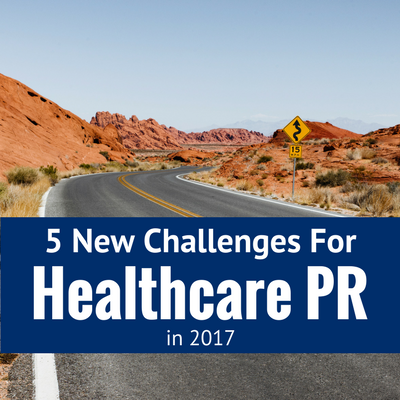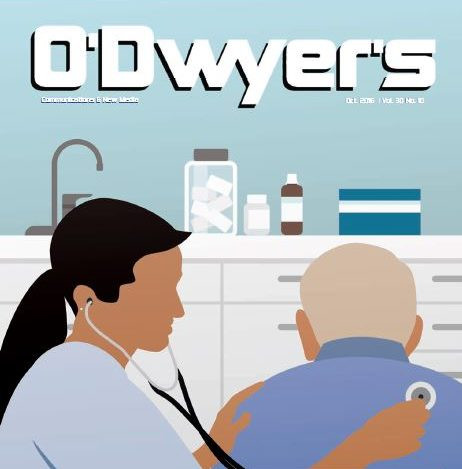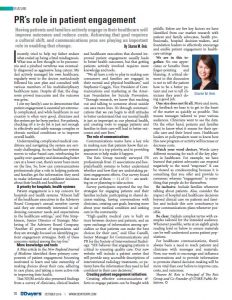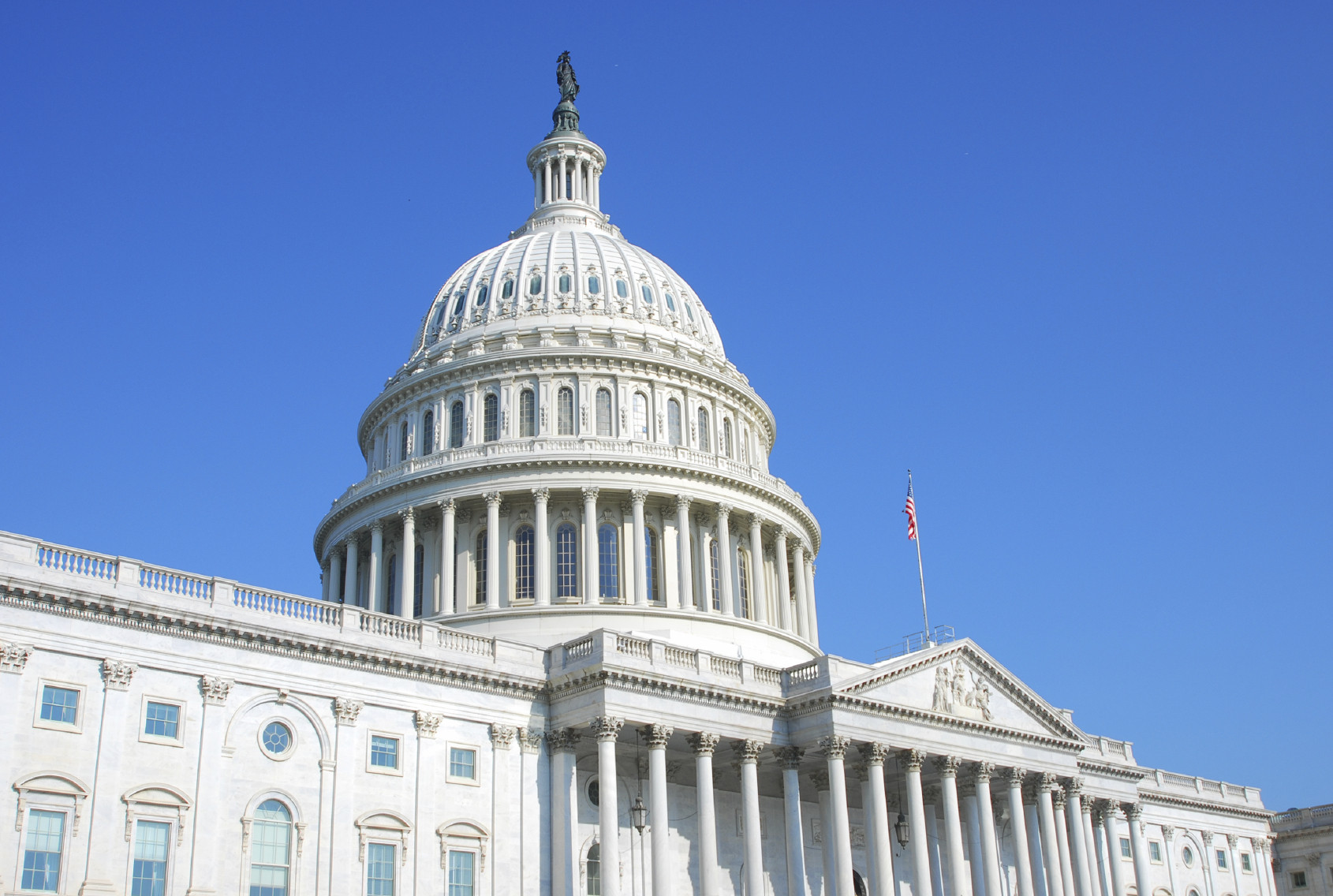Media Relations Fundamentals
Even in today’s unprecedented news environment, media relations is still about the fundamentals.
Since January 20 (and arguably since November 8), it’s been impossible to predict the topic du jour of the news cycle because of what’s been coming out of Washington, D.C. This uncertainty has some health care communicators wondering how best to approach media relations.
But I was recently listening to Mary Agnes Carey of Kaiser Health News and Mark Zdechlik of Minnesota Public Radio News on a webinar hosted by the Alliance for Health Reform about the latest on efforts to repeal the Affordable Care Act. What they shared reinforced something for me:
media relations is still about the fundamentals.
![]() No matter the environment, there are basic things that reporters will always need to tell their stories.
No matter the environment, there are basic things that reporters will always need to tell their stories.
- Personal stories help make the connection. Whether it’s covering repeal and replace of the Affordable Care Act, or it’s the latest on immigration reform, reporters want to put a human face to these developments. Offer a conversation with someone who gained insurance coverage through the ACA, but now may lose it. Identify a person whose parent is stranded because of travel restrictions.
- Data can support the story. Your organization can be a resource to reporters as they look for information to flesh out their stories. How will a policy change impact the number of people insured? Will the number of people visiting your clinic go up or down? How will your organization’s bottom line be affected if your state no longer has access to Medicaid expansion?
- Timely and relevant is important. One thing this news environment can guarantee us is that your topic – whether it’s health care reform, drug pricing, or jobs – is all fair game to be in the spotlight next. So be prepared to pitch at a moment’s notice.
Inauguration Day was not that long ago, but I think the news environment of the past couple of weeks is only a preview of what the next four years will have in store.
Get ready for some turbulent times, and good luck!






